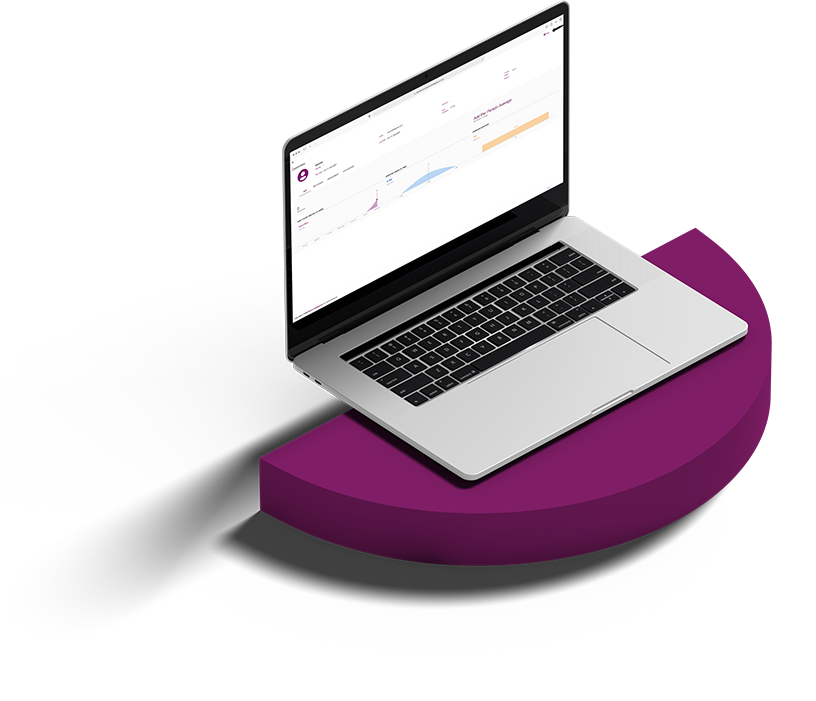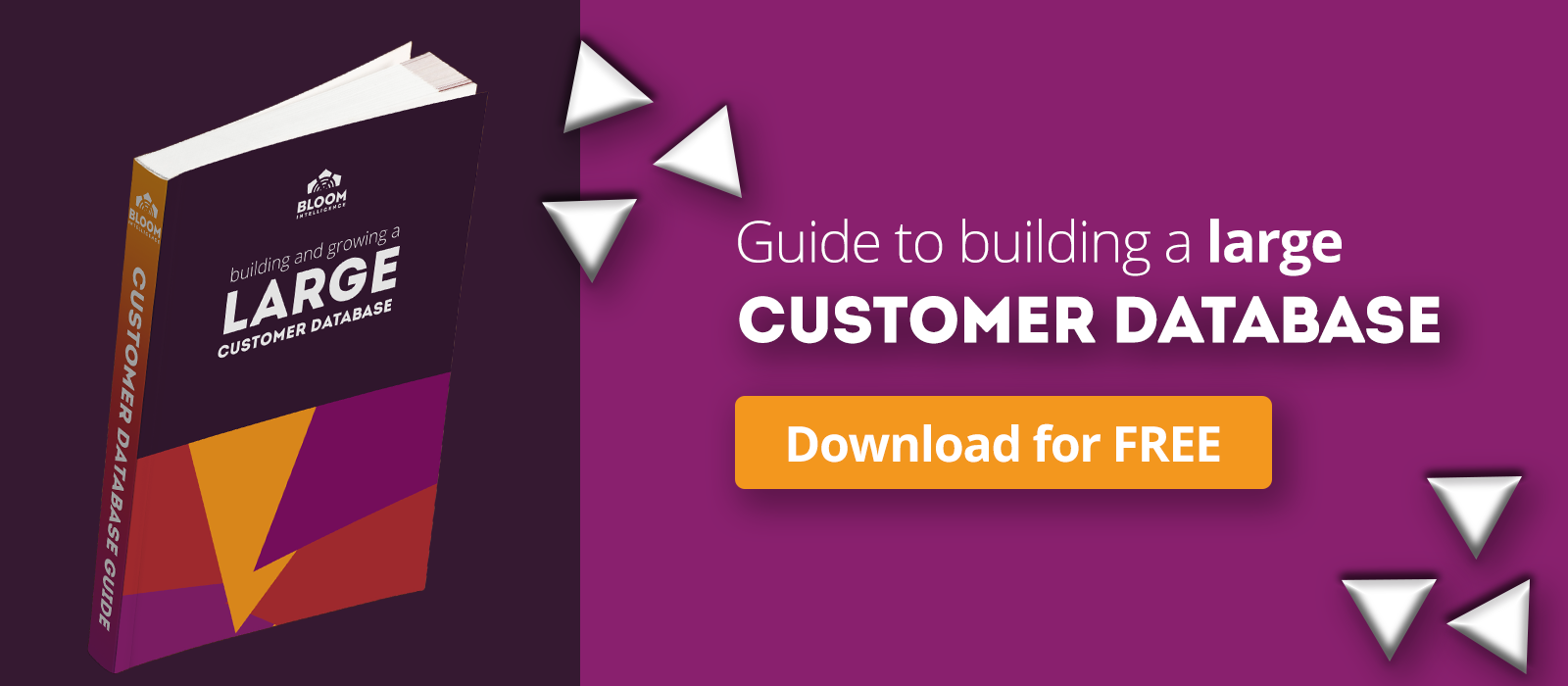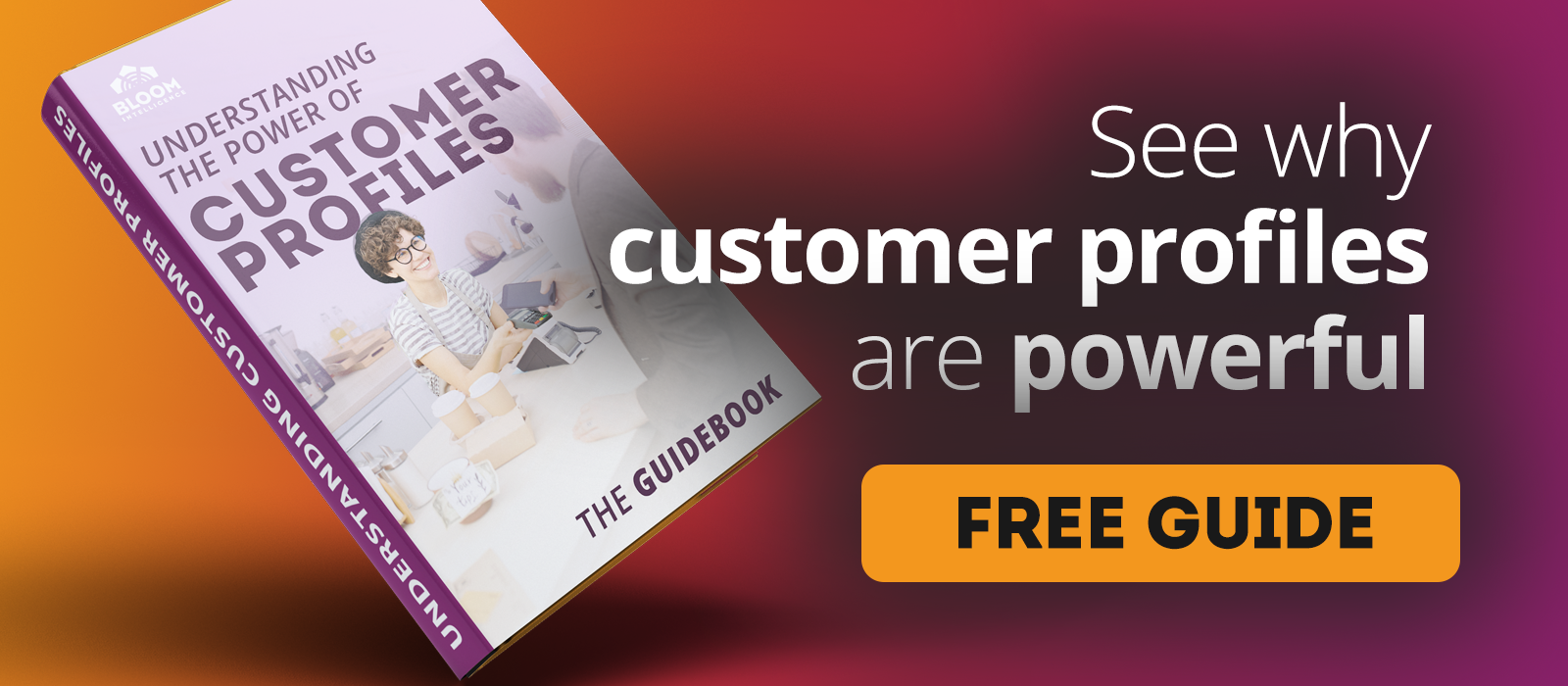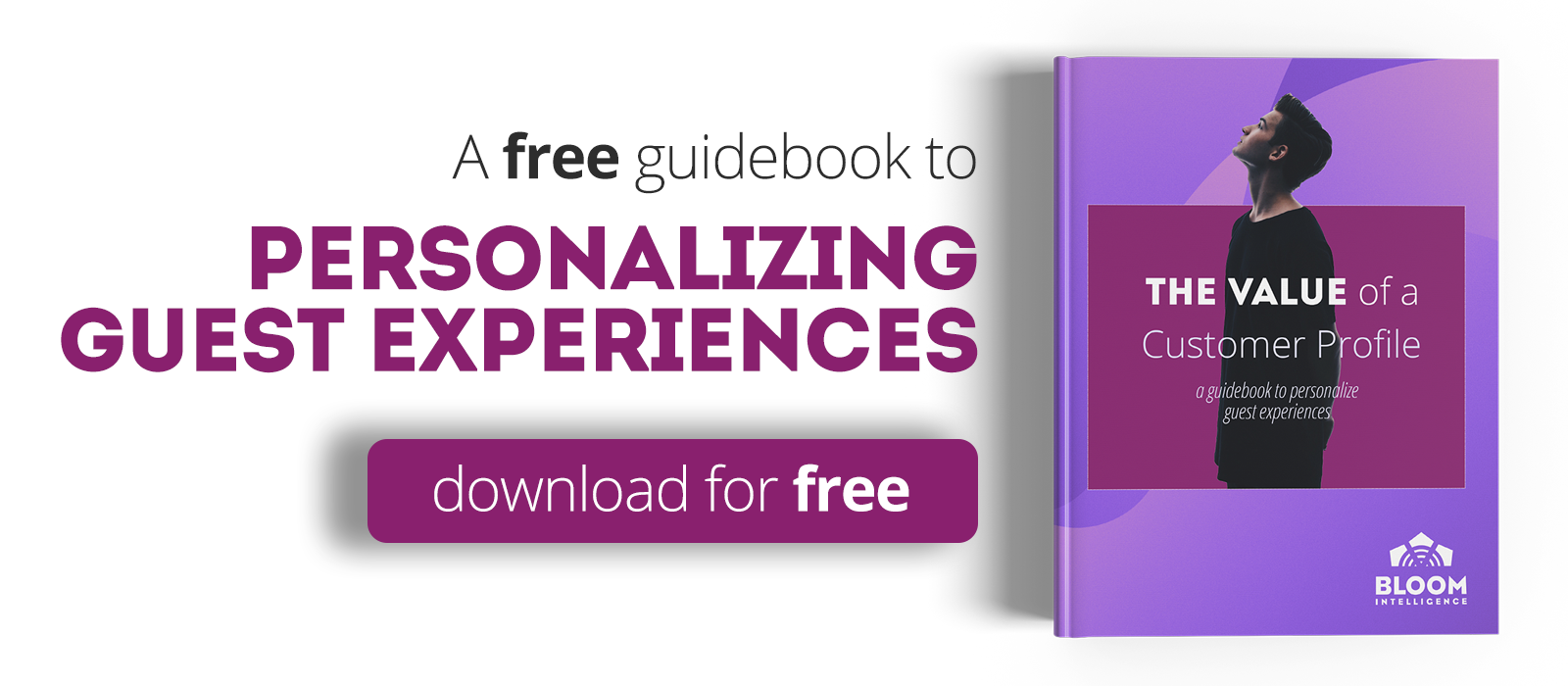Customer Experience Platforms
The COVID-19 pandemic shook the retail and restaurant industries to their cores. Shut-downs, social distancing, and fear of the virus changed the way consumers made their buying decisions.
The sudden shift to online ordering, take-out, and delivery forced consumers to turn to the internet and to word-of-mouth to find and research local businesses.
Restaurant & retail operators had to suddenly adapt to managing their customers experience across platforms. This created unique challenges & opportunities.
At the end of the day, COVID-19 will pass, and we are already seeing consumers still have a strong desire to eat and mingle on site. Yet consumer behavior will be permanently changed.
How the Industry Has Changed
Retail & restaurant customers will expect to interact with your brand across these channels. Meaning they will continue to order online, look at reviews and your website to make destination decisions, and share their experiences with your restaurant or retail locations with their friends.
This will create large opportunities to expand your revenue footprint and give you the ability to build your own customer data platform that collects customer data from your location, ordering, mobile apps, website, social and other customer data verticals.
If your customer data is collected, cleaned, and normalized correctly this will give you the ability to start using this data in actionable ways to personalize your customer experiences across all your customer facing applications.
This process combined with marketing automation to deliver messages across different channels such as email, online notifications, advertising platforms, and text or by managing your online reputation will give you the power to drive demand for your brand just like the super brands of online ecommerce such as Amazon.
A customer experience platform is ideal for this type of omni-channel marketing. And it can make the difference between an empty front-of-house and a waiting line to get in.
What is a Customer Experience Platform?
A customer experience platform is a software tool to help businesses get found, collect detailed customer data, keep customers coming back, and improve business marketing and operations strategies.
Likewise, a customer experience platform can help you monitor foot traffic and identify trends in customer behavior.
It allows you to easily create, scale, and personalize your customers’ experiences to help grow your business.
And it provides tangible, measurable results to understand how your decisions are affecting customer behavior, loyalty, and spend.
There are many ways that it can help you discover who your customers are and engage with them.
How to Collect the Data You Need
First, using your guest WiFi, the platform can sense when a customer is within range of your WiFi signal. It can identify devices by their unique device ID code.
Even if customers do not log into WiFi, the platform will still sense their device and collect anonymous data about that device, such as visit dates and times, dwell times, repeat visits, and more. This gives you a great overview about how customers behave at your locations.
When customers do log into your WiFi, they are first taken to a WiFi landing page, also known as a captive portal. Before users can access the internet, they must first enter their name and email address. Or they can log in with one click using a social media account.
From then on, the platform will know when that customer’s device is at your place of business. More importantly, you now have that customer contact information.
Using progressive profiling, over time you can gather more rich data about the customer, such as their age, gender, birthday, phone number, zip code, and more, creating a detailed and accurate customer profile.
With this kind of rich, clean and verified data, marketers can begin remarketing to those customers.
As their customer database quickly grows, they can begin creating customer personas and segment their customers into smaller, more targeted lists.
Likewise, they can begin personalizing their messaging, such as automatically inserting an individual customer’s name into marketing messages.
In a 2020 survey, it was found that 72% of consumers say they only engage with personalized messaging.
Managing Customer Data Collection
What we discussed above is just one way to gather comprehensive, clean, customer data. However, there are other ways to collect customer information, even if they are not at your place of business.
Website
If your business has a website, you can begin collecting customer data straight from your website and send the data directly to your customer experience platform database.
The Bloom Intelligence customer experience platform allows users the ability to create a small snippet of code to add to their website. This code will create a small, unobtrusive pop-up window where users can enter their information.
Some users offer an incentive, and some simply ask for information to stay up to date with company news, events, or blog posts.
Social Media
Social media is a great medium for businesses to engage with and get to know their customers. Not only can you engage in free posting and create contests and surveys, but you can also execute targeted advertising campaigns on Google, Facebook and Instagram when using the Bloom Customer Experience Platform.
Moreover, you can target and personalize your ads to your customers only, or to a lookalike audience.
Since targeted and personalized advertising has been proven to be much more effective than simple mass advertising, using your platform for targeted ads can boost your ROI even more.
To learn the details of how this becomes possible with Bloom, visit our advertising page.
Other Social Advantages
In addition to engaging with customers and executing targeted advertising campaigns, you can also use our customer engagement platform to increase your social following and online reputation.
When customers log into your WiFi, they are taken to a captive portal, also known as a WiFi landing page. On this page, you can ask them to like, share, or follow your social media pages.
In addition, since the customer engagement platform knows when the customer leaves your place of business, you can configure an automated message when they leave asking to like you on various social media platforms.
Likewise, you can ask them to rank their recent visit on a scale of zero to five stars. If their rating is good, you can automate a message asking them to rate you on any of the major rating sites like Google, Yelp, or TripAdvisor.
Or, if the rating is bad, you can automate a message with an incentive for them to come back and give you another chance to prove your business worthy.
This is known as a ratings feedback loop, and is very popular with Bloom users.
Over time, this will mitigate poor ratings and increase the number of positive ratings for your business on the popular ratings sites.
Google My Business
Google My Business (GMB) is a free tool offered by Google that helps businesses manage their online presence in Google Search Results and Google Maps. It also makes it easier to communicate and interact with your customers.
When someone searches for your business or terms related to your business, Google My Business will present them with extra information in search results and Google Maps.
This info includes your address and contact information, hours of operation, customer ratings and reviews, and much more.
A recent study found that businesses with complete listings on Google are twice as likely to earn trust from customers. Trust is a crucial factor when it comes to making purchase decisions. The more confident a consumer feels, the more likely they are to buy.
Credibility gained from Google is enough to sway people to be 38% more likely to visit your store and 29% more likely to purchase something.
Google My Business reviews help build trust, too. Research by Think With Google finds that 88% of consumers trust online reviews as much as personal recommendations.
This is where you can find and respond to all of your Google reviews. Responding to each and every review can go a long way in building even more credibility with your customers.
Likewise, it can increase the chances of earning business from new customers.
Bloom can help you build positive online reviews on Google but also soon you will be able manage your Google My Business account directly from the platform.


Leveraging Technology
Traditionally, restaurant and retail locations have not been leveraging technology to its fullest potential. However, in today’s post-COVID world, it is no longer an option.
The increasing demand for online ordering, delivery, and take-out, makes it even more of a necessity.
To efficiently make use of all of the customer-centric strategies discussed above, technology is required.
Ideally, you want a single platform that can handle it all.
The Bloom Intelligence customer experience platform can do this for you. Not only will you be collecting customer data from multiple channels, but you will also be able to manage those channels from one central location.
Likewise, you will be able to do it all with automated customer segmentation and personalization.
The reason this is all so important lies in the fact that understanding your customers leads to more intelligent, data-driven marketing and operations decisions that can greatly increase your bottom line.
For instance, since the platform can sense when customers are at your place of business, you can set up a digital customer loyalty program that rewards your customers after a preconfigured number of visits. It can even determine how long they have stayed at your location, or if they were just passing by.
Another example is how you have the ability to segment and personalize your campaigns.
Targeted, Personalized Campaigns
For example, you can execute a marketing campaign that is targeted only to only men under 30 who have not visited for a certain amount of time. Or only to women who have visited more than 5 times and typically stay longer than 30 minutes.
The opportunities are endless. And as discussed above, this kind of targeting can skyrocket the ROI on your marketing budget.
Another very powerful feature is how the Bloom customer experience platform uses machine-learning to identify customers who are at-risk of not returning (churning).
When a customer is deemed “at-risk” you can have the platform send them an automated message containing an incentive to get them to return and re-establish their visiting pattern.
Clients all over the country are running this type of campaign using the Bloom platform. And they are seeing impressive results leading to strong business growth. Some are seeing a whopping 38% of their churning customers return.
Bloom can provide you a centralized platform to get discovered by new customers, to create customer insights to personalize your customers experiences, marketing automation to save at risk customers or increase frequency, plus tools to show your customers that your brand cares about their experience.
Learn how Bloom’s customer experience platform can help you be your customers champion with a short free demo. You can click here to schedule a free demo, use the chat feature on our website, or feel free to call us at 727-877-8181.

SAVE TIME, INCREASE CUSTOMER LIFETIME VALUES, CREATE NEW CUSTOMERS
What our happy customers
are saying
FAQs
What Does CRM Stand For?
CRM stands for Customer Relationship Management database. A CRM database is a collection of customer data grouped into customer profiles. A CRM can be used to understand your customer base, and for segmented, targeted marketing campaigns that can be tracked for accurate attribution.
What is a CRM Database?
A CRM Database is a digital collection of individual customer information grouped into customer profiles. The database consists of detailed customer data such as names, behavior data, demographics, addresses, zip codes, emails, and phone numbers. These profiles are used to track communication and to remarket to customers.
What are Examples of a CRM Database?
An example of a CRM database for offline companies is the Bloom Intelligence CRM database. Using guest WiFi access points & guest WiFi landing pages, the platform collects customer behavior data, whether they log into WiFi or not, and builds detailed customer profiles for marketing and attribution. Other popular CRM’s include Salesforce, Microsoft Dynamic, and Hubspot.
How Do I Create a CRM Database?
For restaurant and retail locations, the easiest and best way to create a CRM database is to use your WiFi access points, Guest WiFi landing page, website widgets, and API’s to collect customer information and behavior data. Once configured, your customer data is collected and cleaned automatically.











